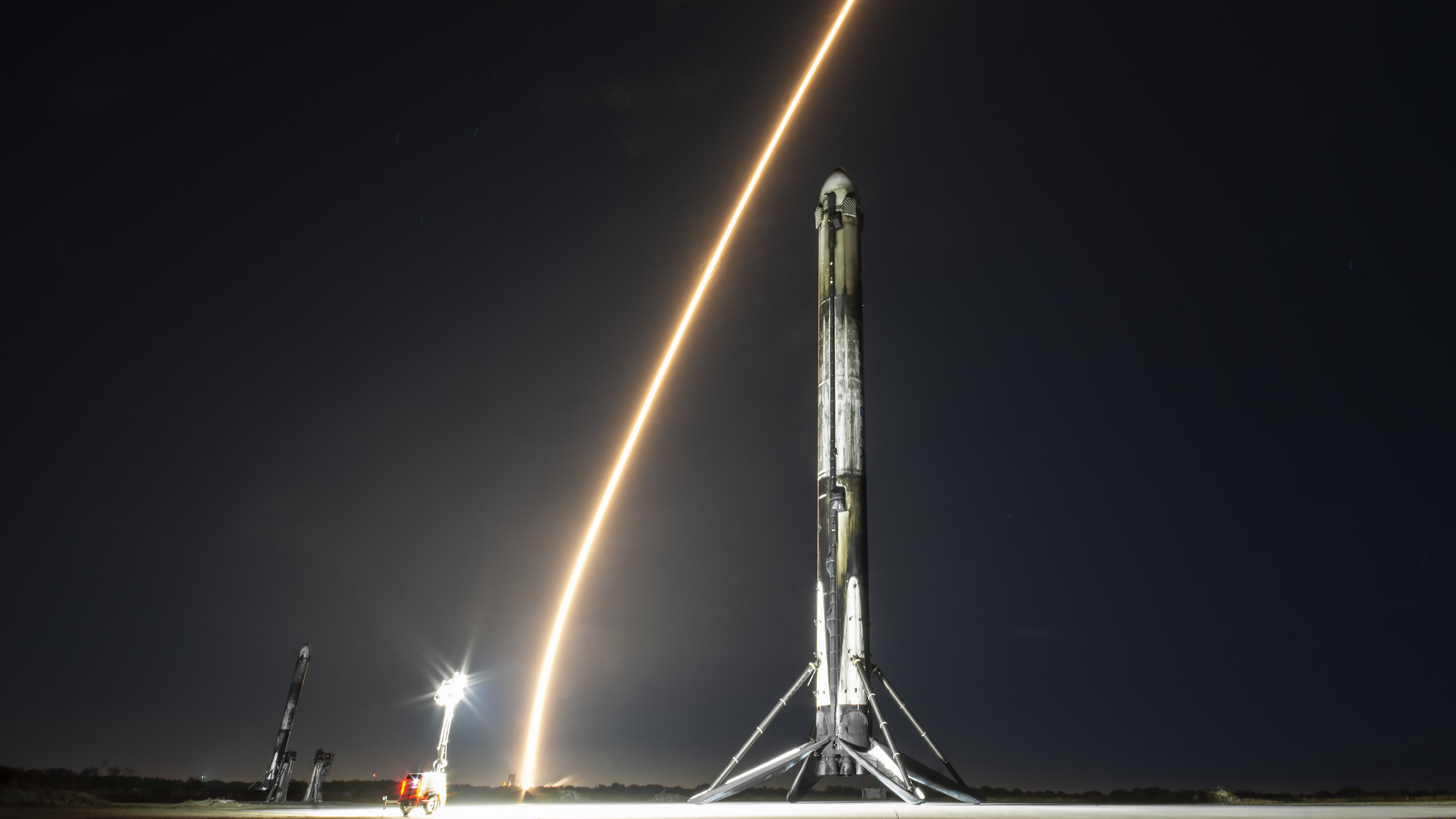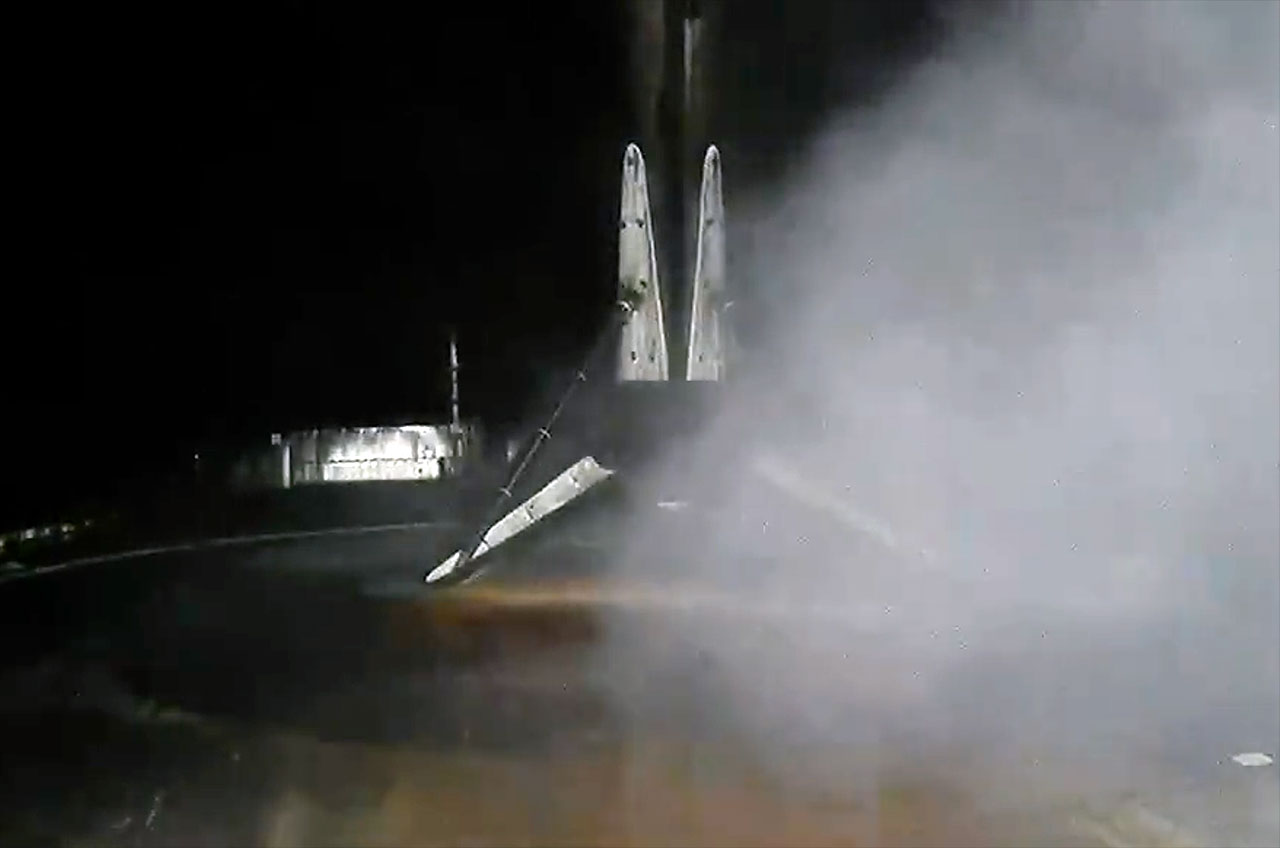SpaceX Falcon 9 rocket launches 23 Starlink satellites into orbit in final flight of 2023
Launch occurred at 11:01 p.m. EST on Thursday (Dec. 28).
SpaceX launched its latest batch of satellites on Thursday night (Dec. 28) from Cape Canaveral Space Force Station in Florida.
The 23 Starlink broadband internet spacecraft were carried to low Earth orbit atop a Falcon 9 rocket at 11:01 p.m. EST (0401 GMT Friday, Dec. 29).
This wasn't the only SpaceX mission today, however. The company also launched a Falcon Heavy rocket carrying the secretive X-37B spaceplane earlier in the evening.
Related: SpaceX Falcon Heavy rocket launches mysterious X-37B space plane for US Space Force after delays

The Starlink launch (known as 6-36) was the company's 98th and final planned launch for this year.
The 98 SpaceX launches in 2023 are include 91 Falcon 9 blast-offs, five Falcon Heavy launches, and two lift-offs for the company's Starship launch system. SpaceX carried out 61 launches in 2022 — 60 for Falcon 9 rockets and just one Falcon Heavy launch — and achieved 31 launches in 2021 and 26 in 2020, all of which were Falcon 9 rockets.
SpaceX will just miss out on closing out 2023 with 100 launches, with the next mission for the company planned for Tuesday (Jan. 2). SpaceX's first launch of 2024 will see a further 21 Starlink spacecraft carried to low Earth orbit by a Falcon 9 rocket, which will lift off from Vandenberg Space Force Base in California.

The Dec. 28 Starlink launch was the 12th flight for this first-stage booster, according to SpaceX, which has also carried CRS-24, Eutelsat HOTBIRD 13F, OneWeb 1, SES-18 and SES-19 cargo to space, as well as conducting seven previous Starlink missions.
Get the Space.com Newsletter
Breaking space news, the latest updates on rocket launches, skywatching events and more!
As of November 2023, the Starlink mega constellation consisted of over 5,200 operational broadband internet-providing small satellites in low-Earth orbit. SpaceX intends to deploy as many as 12,000 satellites for Starlink, with the company hoping they will be allowed to expand this to as many as 42,000 units.
Join our Space Forums to keep talking space on the latest missions, night sky and more! And if you have a news tip, correction or comment, let us know at: community@space.com.

Robert Lea is a science journalist in the U.K. whose articles have been published in Physics World, New Scientist, Astronomy Magazine, All About Space, Newsweek and ZME Science. He also writes about science communication for Elsevier and the European Journal of Physics. Rob holds a bachelor of science degree in physics and astronomy from the U.K.’s Open University. Follow him on Twitter @sciencef1rst.









